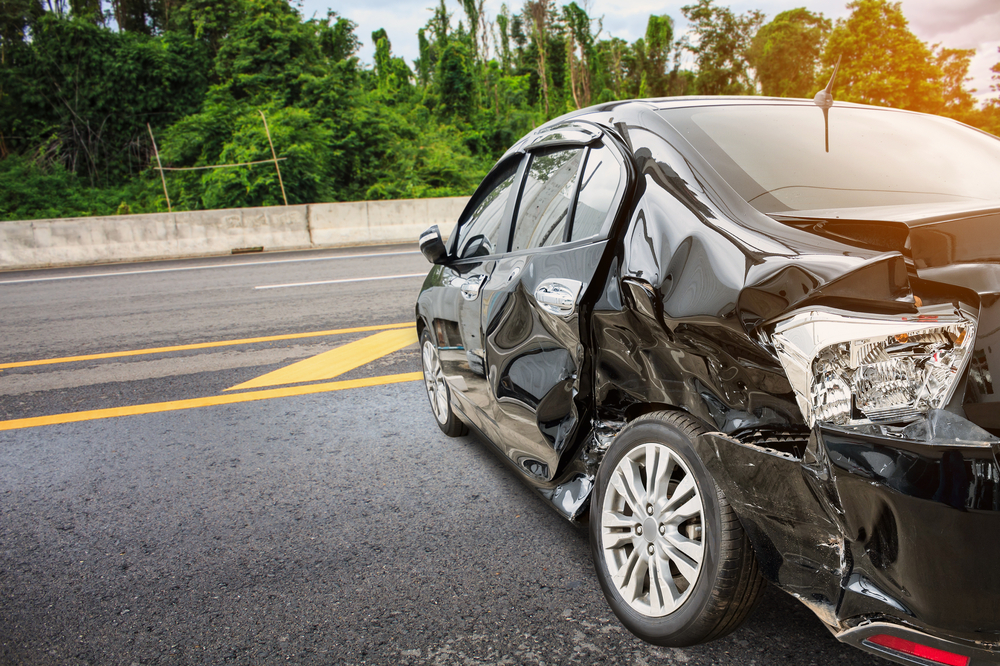
A new study out by the Road Ecology Center at the University of California, Davis, found that the state’s shelter in place policy to combat the coronavirus may have reduced its traffic collision rate in half.
According to records collected from the California Highway Patrol, comparing traffic collisions from before and after the order to similar periods a year before show that there was a 50 percent reduction in accidents, as well as a 50 percent reduction in fatal and injury crashes.
“The reduction works out to about 15,000 fewer collisions per month and 6,000 fewer injury/fatal accidents per month that can be directly or indirectly attributed to the shelter-in-place order,” the report said.
California Highway Patrol patrols thousands of miles of California roadways each day and responds to more than 2,000 incidents per day, the report said.
The study also found that part of the reason for the reduction was the lack of cars on the roads. While traffic volume went down, the study said, speed went up slightly. But, the report said, the traffic reduction was not uniform and that some roadways saw less than a 30 percent reduction in traffic.
One vehicle collision type not effected though was animal vs. vehicle. The study said that even with less traffic on the road, researchers could not find any statistically significant change in traffic incidents involving animals.
Researchers found that while the social distancing guidelines implemented in various states has caused social disruption, in California, the governor’s shelter-in-place order, may have had unexpected benefits.
“Governor Newsom’s shelter-in-place order and similar orders at the jurisdictional scale had a profound effect on daily travel in California, with >20 – 50 percent reductions found across select highways,” the study said. “This, in turn, seems to have resulted in a ~50 percent reduction in total collisions and injury/fatal accidents. Despite the large changes in traffic volumes, there were only small changes in peak traffic speeds and average speeds. This unintended benefit of the orders was primarily for drivers and passengers.”